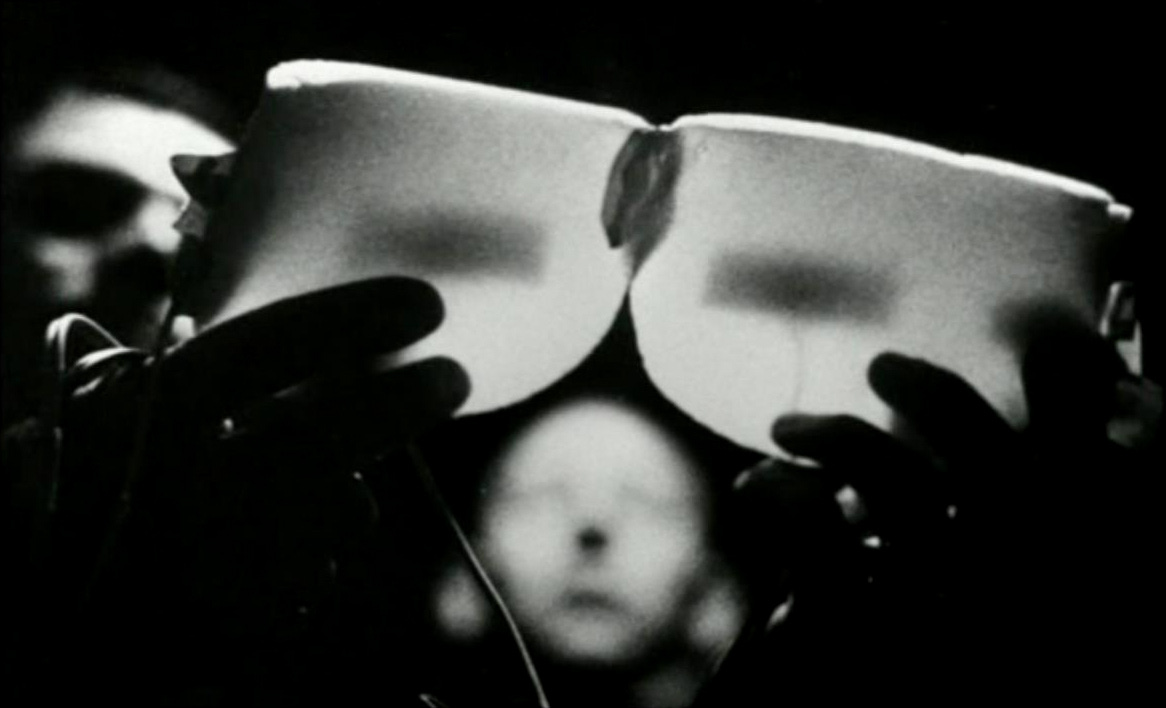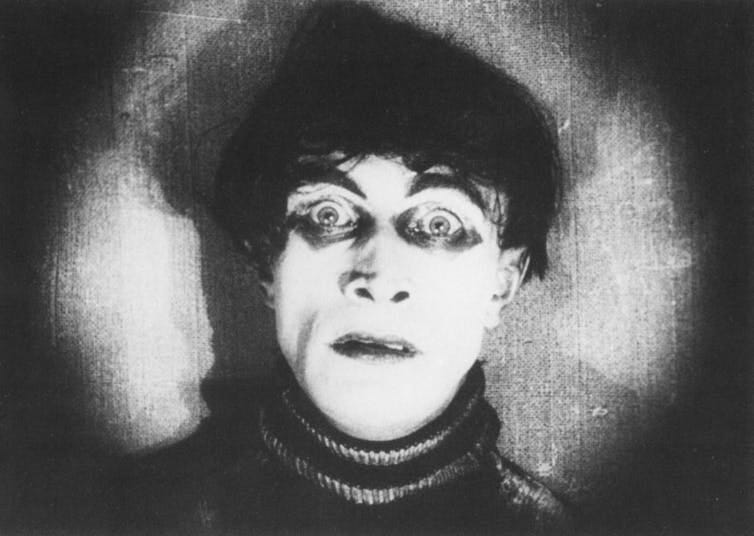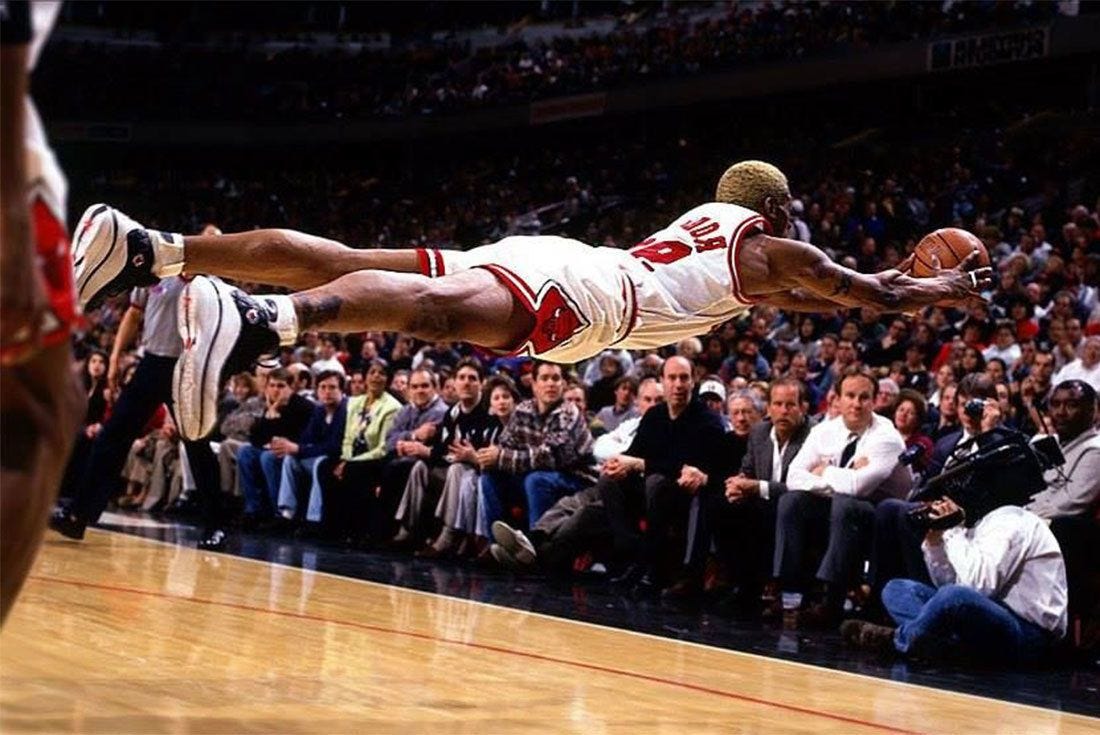Welcome steersmen.
Welcome to friends and enemies at dusk.
Welcome thieves.
If you are beaten by bullies, play their game three steps ahead of being three steps ahead. Cubes exponentiate cleanly. And so here we are accosting the thief at the beginning and end; a thief ourselves, a victim of TIME CRIMES now every bit the criminal caught up in the sempiternal cubist cycle of abuse, abused cube clusters nested into persecutory child cube clusters nested into parent-level abused cube clusters curving recursively into the moral sympathy missing from the Mandelbrot set.
Temporal artifice is not nascent: every article of impeachment or pornographic PROWL only represents something that was. Every culture jammed event and argument has always been banal as its antecedent. Cesare the somnambulist as banal as a tossed-off text or the unfiltered Instagram sun setting over the Scarborough Bluffs. André Bazin wrote of photographic ontology, “The image of things is likewise the image of their duration, change mummified…” Just like realizing how cinematic the loved object looks in the darkness of the Ashbridges Parkette, and by the time you retrieve your camera she’s Going, Going, Gone. Uncanny ambiences are replicated time and again by Badalamenti variations. The sound of things is also the sound of their duration. What words and images are there for time? All its beauty is ineffable. The rosewood- or ballet slipper- or watermelon-pink dusk over Cinesphere is no more recognizable a melody than all the missing monads from MARIENDBAD to HANGING ROCK.
Have you heard this before?
Our first feature LA JATEE ranks 50th on Sight and Sound’s list of the greatest movies of all time, no minor measure for thirty minutes of discontinuous stills competing with the accustomed arrival of sights and sounds at 24-frames per second. Even still, cinematic language carries on shot-reverse-shot to tell the story of time-doomed lovers. A man is chosen for time travel by scientists of a decimated future because he is “marked by the image of his childhood” of a beautiful woman on a jetee, the scene, refreshed, reroused, was never to be forgotten, as ’ere we’ll Fall for a real knockout at the park, in the Allan Gardens dawntide, even if maybe she was never meant to be our Protagonist, never meant to attend The Feast of the Holy Fool in honour of us each WEEKEND, even if we have “invented that tender moment to prop up the madness to come.”
We anticipate the head scientist as FRANKENSTEIN at The Feast of The Apostles; instead we find an Elon vital, “A reasonable man, who calmly explained that the human race was doomed.” A reasonable Experiencer of the will to creativity’s X’d Out impulse against AI’s orthogonality who realizes, “Space was out of the question. The only hope for survival lay in time. A loophole in time might make it possible.”
LEFT BEHIND is this loophole of temporary Time and Free Will that’s doomed we THE EXPENDABLES by summoning a demon no longer BOUND by the King’s Pact, a summoned Legion instantiating art only as Ghooulean steering mechanism. “This was the aim of the experiments, to send emissaries into time to summon past and future to the rescue of the present. But the human mind recoiled.”
The scientists choose candidates “able to perceive or dream of another time,” so “perhaps they were able to live it.” As the narrator’s “images begin to ooze like confessions,” time itself begins to “build itself around his love” a love that was “caught in some waves of the world to come” in the “scoriae of another time” or, perhaps the captioneers, Zevonian Mutineers, glorified note-takers, we’re only LOST IN TRANSLATION, aka: the excoriate of another time.
A world picture develops amidst the inedible animals of a zoological museum. The time-doomed relationship no longer a long Lang backwards, linear metaphysics something of an inside joke if You Only Live Once, endurers of genuine love suffer some inkling. Terrence Davies’ will quote T.S. Eliot later in the festival, “Love is most nearly itself/When here and now cease to matter…” Once our protagonists go missing we are lost and lost again. Because while love itself feels like remembering, to remember absent love is not possible.
Whose stomach hasn’t fluttered not as when lovestruck, but fearing the skein of temporal artifice had been perforated by the detritus of a coming world? “How would it feel to be smuggled back out of the future in order to subvert its antecedent conditions? To be a cyberguerilla, hidden in human camouflage so advanced that even one’s software was part of the disguise? Exactly like this this?” By glassy-eyed stare, who here’s experienced chills upon hearing Elon’s fatalistic Joe Rogan Experience, after that comic-villain pause to consult his beta male model Neuralink: “I tried to warn them about AI. This was futile. They didn’t listen. They didn’t listen.”
What has it Kostuch? Did those goose pimples indicate a certain temporal perfidy, as though our hope for survival must lie in time, meaning nothing will be trusted as “new” ever again, necessitating every porous Proustian madeleine meme’s chosen only after endless atemporal revision? Wouldn’t that warrant so cinematic a sustain from Elon—who believed it fatal, already too late, because who didn’t listen?
LA JETEE tells us that “other images pour out and mix.” A single frame of film out of sequence is subliminal. And it’s “a happy face but it’s a different one,” hence the inconsequential disorientation of deja and jamais and alter vus, deja vecus and deja voulos too, because as D.A. Miller remarked, “Once you find a hidden picture, it seems always to have been there staring you in the face.” And once our Protagonist’s returned to his jetty, “Sometimes he recaptures a happy day, but different; a happy face, but different; ruins.”
In his 1982 essay Time and Stasis in La Jetee, film and literary theorist Bruce Kawin writes that,
Time travel depends on the notion that all events are somehow present, that from some viewpoint exterior to what we think of as temporal continuity (one instant after the other) all instants are simultaneous. One of the simplest and most convincing images for this concept of time is the reel of film. On the reel, thousands of frames maintain their images of potential instants, all together and retrievable. As the film moves through the projector, the images become “present” or kinetic (the root of “cinema”); they give the impression of “happening now,” which is the time of projection (“jeter” is the root of “projeter,” to project a film).
Do not déjà and jamais and alter vu feel discordantly anti-cinematic in qualia, as if one of life’s ten trillion frames were being projected at the wrong time, which is to say, in the wrong place? Bergson writes, “Pure duration might well be nothing but a succession of qualitative changes, which melt into and permeate one another, without precise outlines, without any tendency to externalize themselves in relation to one another, without any affiliation with number: it would be pure heterogeneity.”
Our second film, the palindromic TENET is also about the trust required of those destined to play a temporal leding part in each other’s chronologies when “everything is mere transition and change, nowhere duration and perseverance,” as Heidegger lectures upon the Heraclitian.
We apologize for clogging up yet another kinodrome with yet more TENET times. Coincidental how the cultural strictures of Covid19 made this the only cultural property marketed whatsoever during these uncertain crimes. TENET 1:40, TENET 1:43, TENET: 1:56 and still more TENET at 2:10 at the Cineplex Crave Site. It’s always just in time to raise a tentpole attracting slack-jawed masses and midwits alike: a singular summer release focussed on the implications of time travel as the new normal. After that Elon Experience, would not an impresario of Christopher Nolan’s production heft be among the first to break kayfabe? As the archonically-aligned Jay Weidner could hide in plain sight for many padded podcast hours: it was Stanley Kubrick who worked the moon landing into a shoot.
We may be getting ahead of ourselves. Some road men my be fouling behind. Let’s ask a simple question: what antique forces bring all we’ve been into being? Why did Christopher Nolan break through with the rearward-looking MEMENTO; followed by an INCEPTION of dream design?
Ong’s Hat in hands, your programmers’ contend that a temporal pincer movement proretends and repetends in this moment we are living. We know this because we have been down in the DUMBs lately. We know this because when life feels least real, like when we are in love, our psyches summon magnetic moments from the parallelogram of a passing future and a changing past to shore up an increasingly wobbly present. We know this because our PTSD allowed us to participate in a transcranial direct current stimulation pilot project at John Hopkins’ University, and our standing in the bio-hacking community allowed us to jump the gun a little bit as to where it’s caul heading.
Let me tell you of a vision that I saw: with black budgeted exponential improvements in quantum computing, computer-brain interfaced men will be nudged towards the temporal montages that predefine pi’s finitude. Consequently we are in for a sequentiality of improbable possibles. What stability the mystery of the primes lent us at larcenous interest will come due. We’ll be left to Set with only idle talk never dwelling anywhere because world tentpole revenue can’t absorb The End of Philosophy and can’t absolve us of The Task of Thinking with Bergson that: “It is called well-rounded because it is turned in the pure sphere of the circle,” meaning sufficient computation will make even the curved line of a moral sympathy conclude itself in the eternal sphere of the circle’s calculated recapitulation.
In The Watchman in Pieces: Surveillance, Literature, and Liberal Personhood Aaron Santesso and David Rosen present an allegory without a key.
A “surveillant” reality, we would suggest, also has an allegorical quality—though, because of its temporal dimension, this quality is unlike any form of allegory we have encountered. […] it was common, in the period following September 11, to look back on the years previous as coded with double meanings. Events that at the time had seemed innocuous, or were simply invisible (for example, an uncommonly high number of young Saudi Arabian men taking flying lessons), now assumed a sinister, if flattened, second sense as counters in a narrative of which no one—or only a few—had been aware, the organizing “singularity” lying in an unsuspected future. In retrospect, one recognized oneself as having lived, without violence to the term, in an allegory.
And here we find ourselves freighted in the allegory of the Claude, of the Mentaculis where all is mind; of the cold comfort conspiruality corresponding to the new transhumane nuclear winter; of the redeterminist polarity of love and not-love; of the “rolling stone, all alone and lost” of THE LAST MAN; of not looking now at times changed by an ANTICHRIST; of the RABBITS in their room; of the Knight of Infinite Regress’ futile pursuit; of what The Lone Gunmen knew; of THE ALPHABET agency endeavourers owing all to Welles what F stands for; of the psychotic utterance; of the deciding time; of vertiginous second sight at an OWL CREEK BRIDGE, once as it occurred and once as it was dreamed; the dire futurity of THE DAY AFTER and of the THREADS of eternal life Wittgenstein forced on those who live in the present, of kindness as a means of value extraction; of trusting The Black Rider as to where gone away things go; of Marc Dutroux saying, “People just want to believe I’m at the centre of things,” amidst what horror is hidden in Belgium; of why people should believe weird things; of what people remember to believe After the Catastrophe; of what is HIDDEN in Algiers; of omitted explanatory contexts for personal identity and reality codes hexed to the last decimal at the Mountains of Pi where a madness unbound by King’s Pact reaches its peak.
Santesso and Rosen continue,
But why stop at “having lived?” Wouldn’t it be likely that the present was similarly riddled with the signs and tokens of a dire futurity, that we were all the barely adequate readers of submerged narratives that surrounded us on all sides—in short, that the present moment was an allegory without a key? [which would] only encourage the temptation to look upon the miscellaneous detritus of everyday life as similarly, if obscurely, freighted. […] Where paranoid allegory is always present-directed (the unseen Enemy is always to be confronted now, his machinations unfolding as we speak), proleptic allegory looks to the future.[…]
Pray for us St. Nicholas, patron saint of repentant thieves. We simply hope to steal something back for ourselves prior to the diachronic blurring wherein Heidegger’s words in Being and Time will seem so prescient we’ll doubt they weren’t ‘recently’ revised relative to the new facts on the ground: “The future is not later than having been, and having-been is not earlier than the Present. Temporality temporalizes itself as a future which makes present in a process of having been.”
*An excerpt from my theory-fiction ‘novel’ in progress. Warning of the onto-temporal implications of transhumanism, AI, and quantum computation, a doomsday cult presents The Introductions at the PRISONER’S CINEMA Film Festival.*










